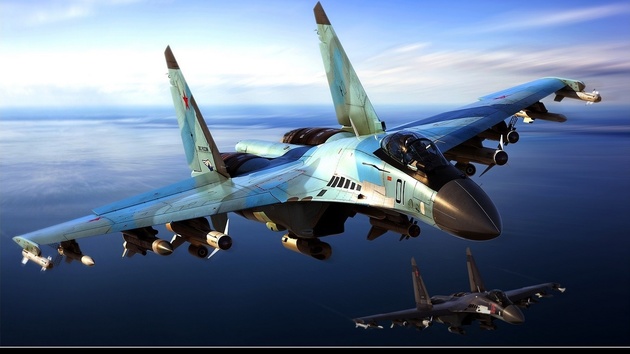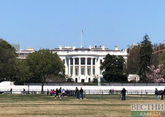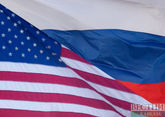Successful interceptions of American military aircraft by Russian fighters reveal a number of “unthinkable NATO mistakes.” This opinion was expressed in an article for the Washington Examiner by U.S. publicist Tom Rogan.
The journalist analyzed in his material two similar incidents that took place on August 28 over the Baltic and Black Seas. In both cases, Russian Su-27 fighters intercepted U.S. Air Force B-52 bombers approaching the Russian border.
Rogan harshly criticized NATO Air Command in Europe, claiming "unthinkable mistakes" and "serious tactical miscalculation" of the alliance. According to the publicist, Russia "particularly dislikes" NATO flights near Kaliningrad and its western border. In this regard, he wonders why American bombers fly unaccompanied by fighters, although, according to Rogan, NATO should have foreseen a “high risk” of interception of the B-52 by Russian aircraft.
Considering the incident over the Baltic Sea, the journalist cites a NATO statement about the violation of the Danish airspace by a Russian fighter plane. According to Rogan, Russia was able to "successfully invade the sovereign airspace of a NATO member state," and neither the Danish nor Polish air forces were ready to repel the “Russian invasion." The American command also did nothing, although it had the opportunity to lift a squadron of F-16 fighters from the Spangdahl airbase in Germany, the author of the article believes.
The commentary by NATO commander Jeff Harrigian, who expressed his readiness to defend the airspace of the alliance, caused a particularly harsh response from the journalist. "Why is Harrigian making such a claim when the Russians have just proven it to be untrue?" Rogan asks.
According to the author of the article, U.S. Secretary of Defense Mark Esper must understand the situation with the interception of the alliance aircraft by Russia. If NATO commanders do not change their tactics, they must be replaced, the publicist concludes.
The Russian Ministry of Defense regularly reports on the interceptions of aircraft from NATO member countries near the Russian borders.










